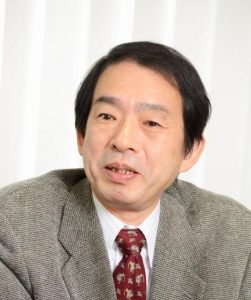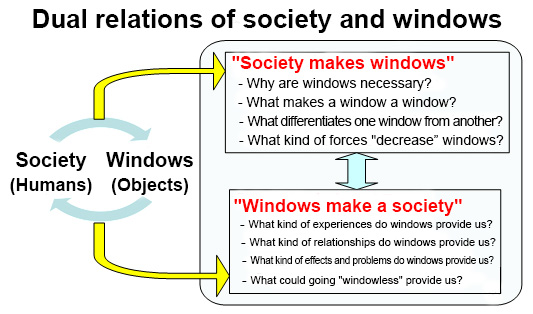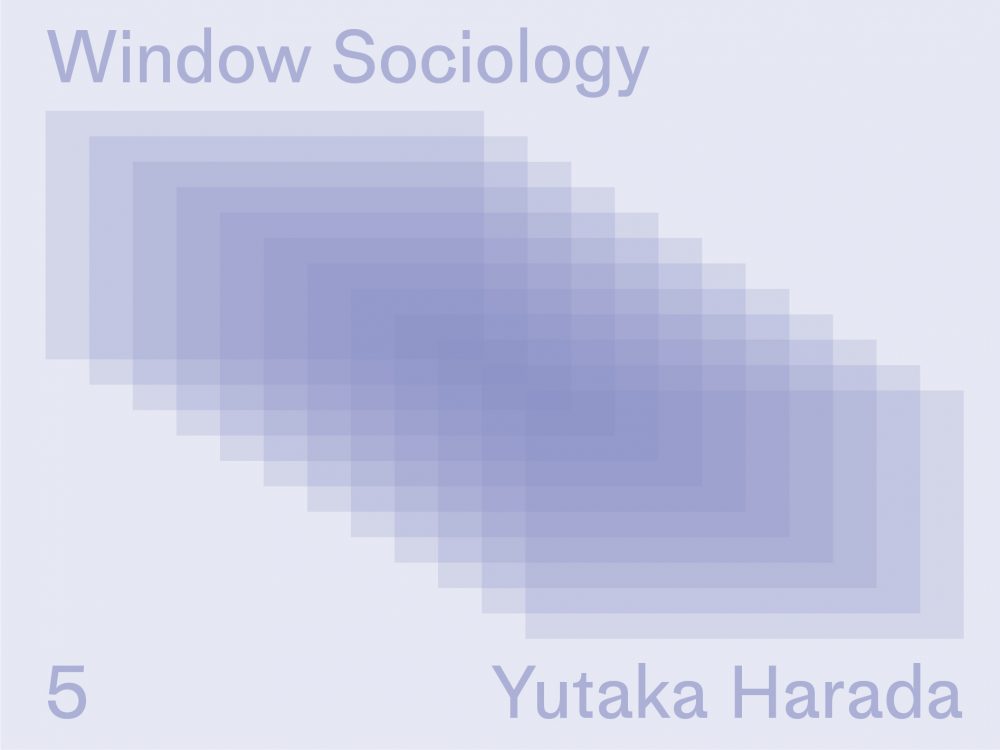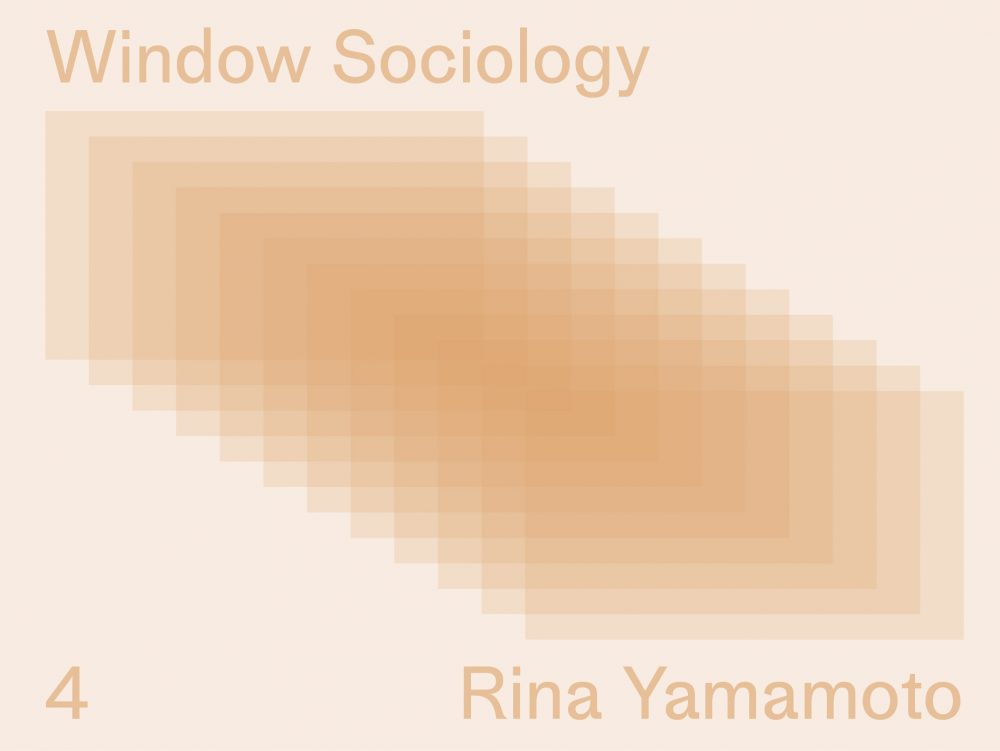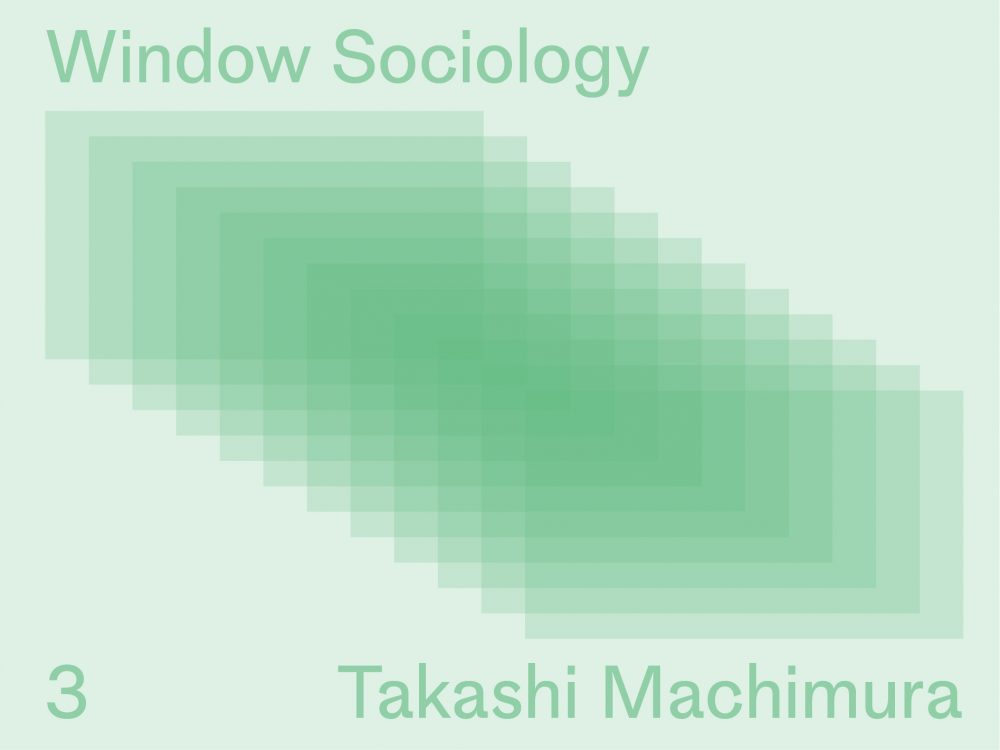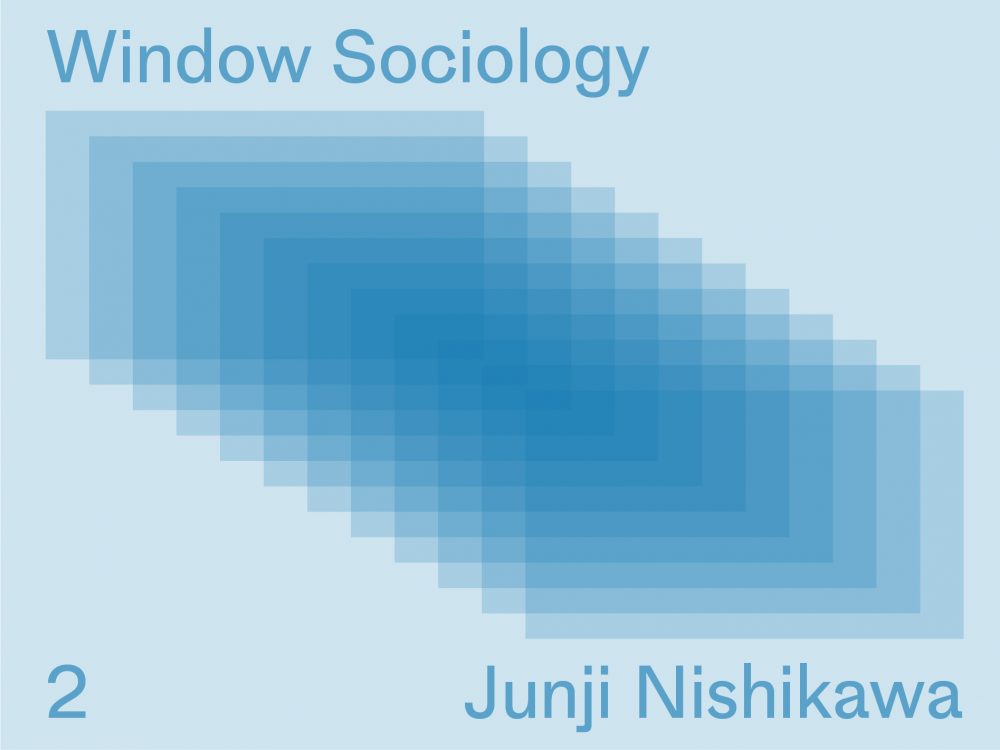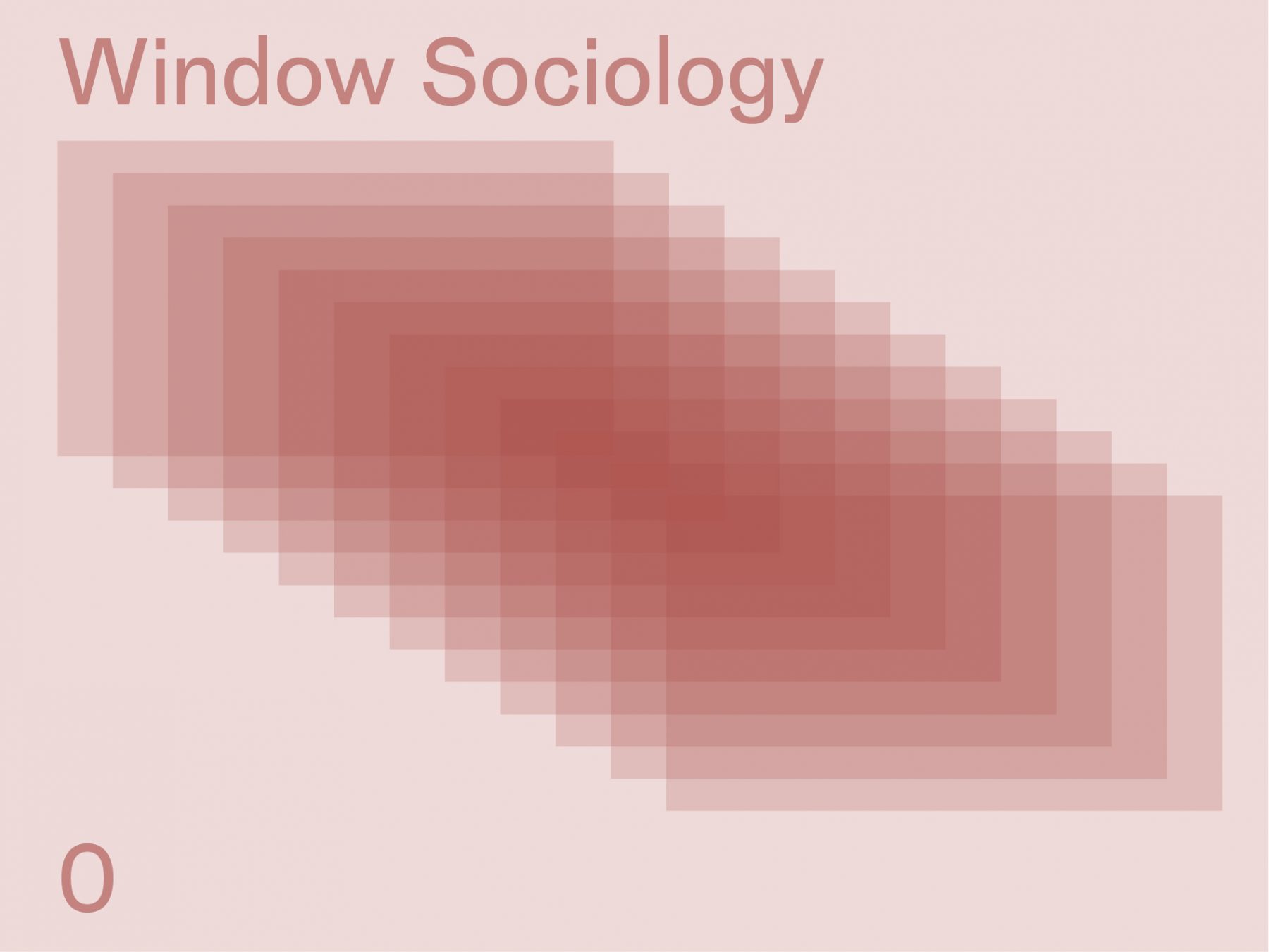
Windows make society; Society makes windows
14 Mar 2019
Is the Happy Era-of-the-Window Over?
Which do you prefer: a society with windows or a society without windows? If asked, I imagine the majority of people would choose a society with windows. However, in Japan, where the population is shrinking, it seems that the windows of the ever-increasing vacant homes are transforming into a symbol of a fading society. Furthermore, in an age that places great emphasis on being safe and secure, windows might seem to encourage crime and thus might even be regarded as a nuisance. Still, “windows” are important, and sociology suggests as much.
Sociology busies itself with examining various themes about societies and humans with diverse insight and a variety of approaches. Here, in our project, by making use of this feature of sociology, we joined forces with several sociologists from various fields and worked on what might be called the “sociology of windows,” (See the diagram below)
-
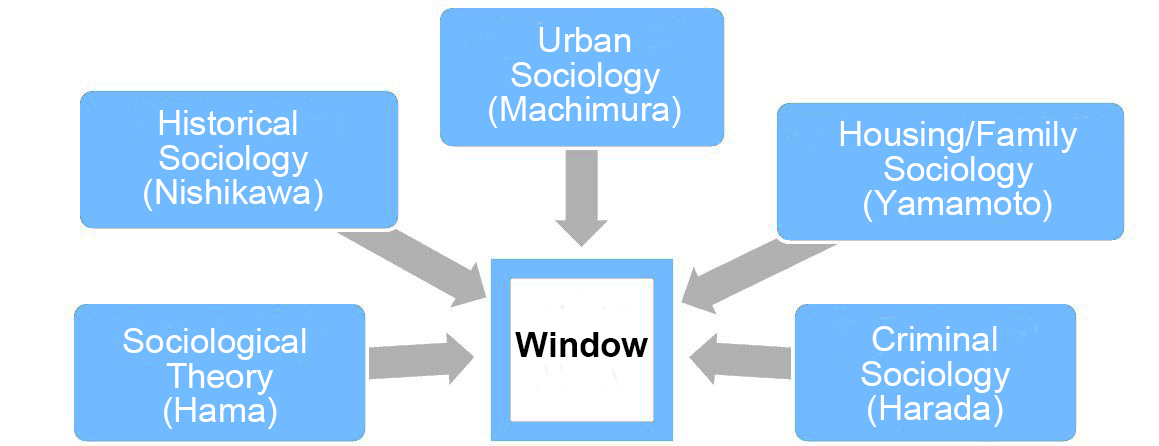
Hideo Hama (Professor, Faculty of Letters, Keio University)
Junji Nishikawa (Lecturer, Kobe Shoin Women’s University)
Takashi Machimura (Professor, the Graduate School of Social Sciences, Hitotsubashi University)
Rina Yamamoto (Assistant Professor, the Graduate School of Arts and Sciences, The University of Tokyo)
Yutaka Harada (Specially Appointed Researcher, Crime Prevention Section, Department of Criminology and Behavioral Sciences, National Research Institute of Police Science)
Dual relations of society and windows
What form should “a space of society and humans” take? Our challenge can be summarized thus: we hope to gain insight by examining windows and, based on our research, imagine a more desirable shape of windows based on those insights. The results of our collective work revealed a simple but fundamental fact: there is a dual defining relation between “society” and “windows.”
“Society makes windows” and at the same time “window makes society.” By associating and circling each other these two elements create our human world and change it. As described in the diagram below, many “questions” emerged when we thought about this dual relationship.
To preserve a “society with windows“
Windows give us happiness. Just as a house without windows is not pleasing, a society without windows is depressing. What is required to preserve a “society with windows” is a challenging question.
But first and foremost, it is important for each of us to recall the experience of “pleasure” that windows give us and the power of “happiness” induced from these experiences. Under the circular structure that “society makes windows and windows make society,” we will attempt to reconfirm the primitive powers of “windows”; that is our primary theme.
Let’s jump into the world of “the sociology of windows.”
Fundamentals: Windows as media (Hideo Hama)
History: Invisible Light and Windows (Junji Nishikawa)
Fluctuation: Societies and Fluctuations in Numbers of Windows (Takashi Machimura)
Representation: High-rise condos and Windows (Rina Yamamoto)
Application: The Criminology of Windows (Yutaka Harada)
Takashi Machimura
Takashi Machimura
Machimura was born in 1956 in Hokkaido. He graduated from the University of Tokyo Faculty of Literature in 1979 and until 1984 pursued his doctoral studies at the Graduate School of Humanities and Sociology, the University of Tokyo. He then became a lecturer at the Faculty of Letters, the University of Tokyo in 1984, an assistant professor at the Faculty of Social Sciences, University of Tsukuba in 1988, and an associate professor at the Faculty of Social Sciences, Hitotsubashi University in 1991. He became a professor in 1999 and Hitotsubashi, today working at the Graduate School of Social Sciences. He was a visiting scholar at University of California, Los Angeles (1993-1995) and a visiting professor at Beijing Center for Japanese Studies (1999). His main books include: Structure and Mentality of Postwar Developmentalism (2011), Constructing Postwar Development at Multiple Levels: The Sakuma Dam Project and Its Regional Consequences (2006), Sociology of Cities (2000), Strangers in Los Angeles (1999), The Structural Change of a Global City: Urban Restructuring in Tokyo (1994).
